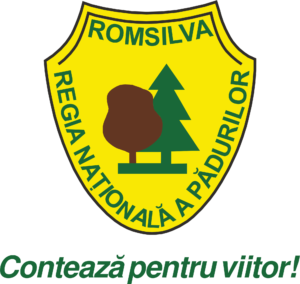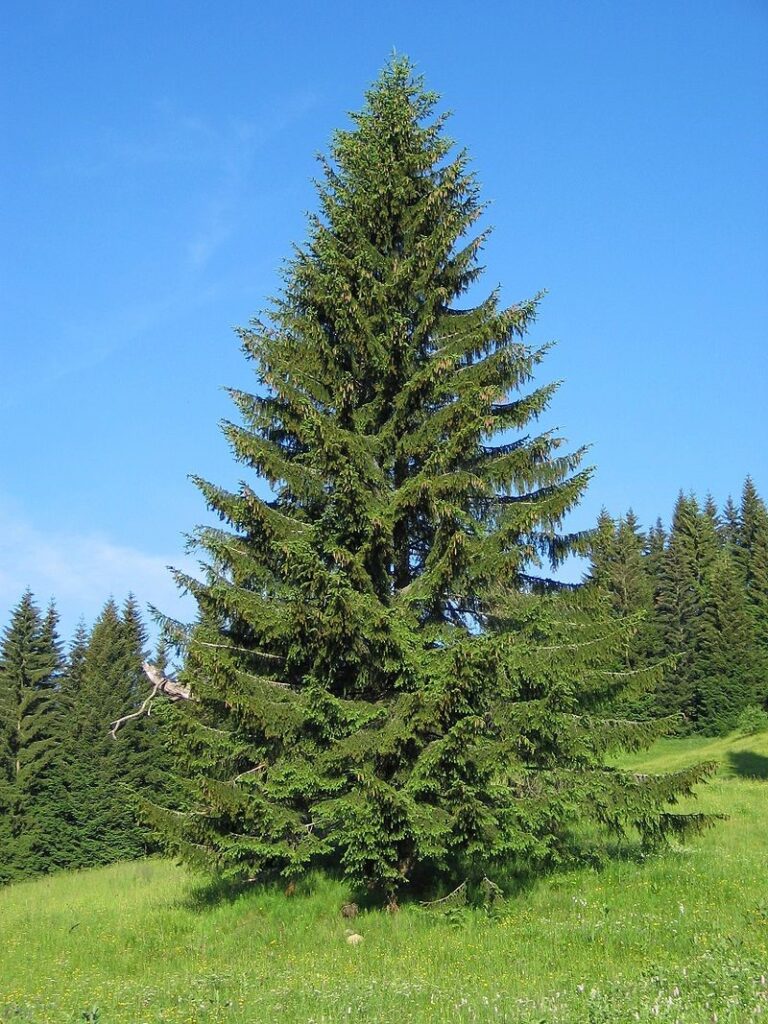Project initiated and carried out by RNP Romsilva - Covasna Forest Directorate in partnership with CovAlpin

The spruce (Picea abies)
As an indigenous species, the Spruce can frequently reach 30-40 m in height – higher than a 10-store building – exceptionally it reaches 60 m and up to 2 m in trunk diameter.
The stem is straight, cylindrical. The crown is pyramidal-conical until old age, it is that feature that differentiate it from a fir, from the distance.
The leaves are acicular, persistent, 1-2.5 cm, rigid, pointed, slightly curved, four-edged.
The bark is reddish-brown, sometimes gray, smooth only at the beginning; in youth it breaks down into thin parchment-like scales.
The wood is whiter than that of the fir, soft, light, resistant, superior in quality to that of the fir; In certain industries, it appears like the so-called “resonance wood” with special technological qualities.
The spruce blooms in April-June, depending on the weather and the area where it grows. The cones are 10-15 cm, green or red when young, brown when ripe, pendulous, with persistent, thin scales, that shelter the seeds.
In general, 70-80% of the seeds have the ability to germinate and develop new spruces. Growth is slow in the first years (5-6 cm in the first year), from 8-10 years becoming very active.
The spruce lives up to 600 years, being less long-lived than the fir. Spruce forests cover approx. 22% of Romania’s forest area.



Did you know that:
- spruce wood is very valuable (heavy, elastic, durable, aesthetic) used in the furniture industry, lumber and paper, P.A.L., P.F.L.;
- resonance wood is used in musical instruments and aeronautical constructions;
- the spruce wood is used to extract bark tannin (6-18%), wood resin and essential oils from its cetin.
- The spruce creates a specific environment, under its canopy the environment is shady, cold and humid, without strong air currents – beneficial for certain plants or animals/insects.
- It can be planted in parks, gardens – alone or in groups.
